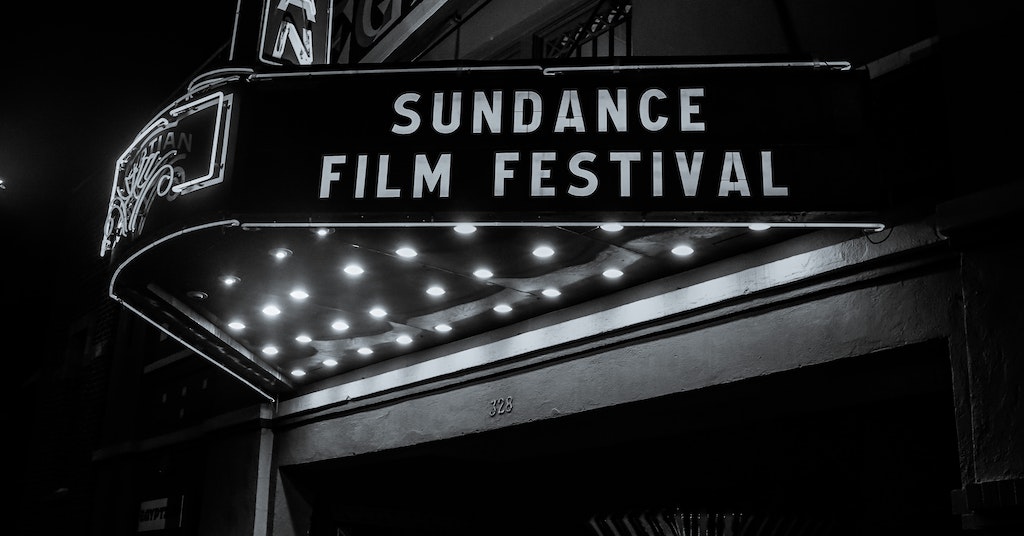
10+ Celebrities with Hearing Loss
September 19, 2020
Why we chose cochlear implants for our deaf son
September 23, 2020Oscars To Reflect More Diversity and Inclusion

Accessibility in film and media has been a topic of discussion for many years. Now, the Academy of Motion Picture Arts and Sciences is bringing the topic of diversity and inclusion to the spotlight, with new accessibility standards – including for the deaf and hard of hearing – that future films must meet in order to be eligible for the Best Picture Oscar.
Independent filmmakers and documentarians have long found juice in the lives and stories of people and groups with ailments, impairments, disabilities and other physical and cognitive “differences.” In many cases they have allowed them to tell their own stories and speak for themselves.
The Encyclopedia of Film Themes, Settings and Series notes that, “the world of the deaf has received little attention in film. Like blindness, it has been misused as a plot gimmick in syrupy romances… films featuring deaf and hard of hearing characters rarely focus on deafness itself, but rather use it to advance the story or to help understand hearing characters.”
Hollywood Drops the Ball
By contrast, more traditional, mainstream filmmakers have employed actors who have, in turn, won Oscars for playing disabled characters – though they themselves were not disabled. Marlee Matlin remains the only deaf actor to win an Oscar for playing a deaf character. That was in 1986.
The Deaf and hard of hearing are hardly the only groups that are underrepresented in Hollywood, and by extension, the Academy Awards.
Read more: Marlee Matlin and the stigmas of hearing loss
“Special Characteristics”
All Screen Actors Guild (SAG) members – more than 120,000 television and film performers worldwide – have on file with casting agents, information about them that helps directors find the right people for their productions. In a profile, you will find a performer’s age, height, weight, hair color, clothing sizes and ethnicity. You will also find mentioned “special characteristics” that make you physically unique.
I have been an active member of SAG for many years – most of them with a bilateral hearing loss and the loss of partial sight. On my profile, “special characteristics” is where I reveal that I wear a hearing aid and a scleral shell – a painted contact lens – for my right eye.
As I have done mostly extra work on camera, and some industrials and educational videos, I never considered my challenges would disqualify me from taking those roles. Where I did play the lead, I felt confident enough that my dual impairments would not hinder me from turning in a good performance.
Hiding My Special Characteristics
There was reason for that. Like many of my colleagues do, I hid my hearing and sight loss from directors and other actors. Sometimes, that didn’t work.
I was once cast in a film about Abraham Lincoln for PBS. I had a direct onscreen role as a telegraph operator who had to deliver the results of the 1864 election to a customer at the telegraph office. Because of the time period of the film, I could not wear my hearing aid.
Before the cameras rolled, I had to tell the director that I might not hear him call “Action” because of my hearing loss and asked him to say it a little louder.
“Before the cameras rolled, I had to tell the director that I might not hear him call “Action” because of my hearing loss and asked him to say it a little louder.”
He did – as loud as he could and far louder than I needed. After several takes with each call to “Action” louder than the previous one, the director mercifully called “Cut.” With all that noise and pent-up energy surrounding the short scene, everyone had a good laugh – at my expense. After the shoot wrapped, I snuck away from the set, happy at least to have gotten the part and a good day’s pay. It also gave me a taste of what to expect in the future. This time, I was lucky. But would I always be?
Another time, I was asked to audition for a Honda television commercial soon after I had eye surgery. The surgery cost me my sight and I began wearing the scleral shell that looks exactly like my left eye. While it covers me cosmetically, the lens does not move as my left eye does. in fact, it’s stationary at all times. I remember after surgery worrying how I might appear on camera, especially in closeups.
Soon enough, I got my first test with the Honda audition. I was to play a nerd who is chosen by a woman on a dating site searching for her Prince Charming. We were to meet face to face and when she meets me, she realizes her mistake, screams, and runs away.
My task in the audition was to scare her at first sight without using words. “Piece-a-cake,” I thought. I’ll just give her my new “eye whammy.” At “Action,” the woman approached, I turned to face her, rolled my left eye with the right eye not moving – and she freaked out – for real.
Lesson Learned
The director yelled “Cut” and I felt my film career coming to an end on the spot. He walked up to me, put his hand on my shoulder, (“uh oh, here it comes”) and asked, “How did you do that?” I lied and told him it was a family secret. He smiled. “I love it,” and I got the part. It’s true – sometimes, your greatest weakness can become your greatest asset. I have never forgotten that lesson.
That said, my experiences could have played out very differently. At the time, there was nothing stopping the director from not hiring me because of my hearing loss or my stationary eye. I might have simply been told that I was not right for the part and gone upon my way, none the wiser.
Addressing the Lack of Diversity and Inclusion
Today, when it comes to situations more serious than mine that involve the larger issues of diversity and inclusion, the tide has begun to turn. It may not be accurate to say that the need to hide one’s limitations or impairments has expired quite yet, but the trend is good.
If you watch the Oscars, you know that for a number of years, the Academy of Motion Picture Arts and Sciences has taken a lot of heat for nominating films that failed to show diversity in not only their lead roles, but elsewhere in the filmmaking process.
Read more: 5 Deaf Actors to watch on Netflix right now
In 2016, the Academy was embarrassed that none of the twenty nominations for best actor went to a person of color. After that very public debacle, the Academy committed to doubling the number of women and “diverse” members by 2020.
Read more: Why this year’s Oscars was important for deaf culture
An Industry-wide Initiative
Now, out of that commitment comes the Diversity and Inclusion Initiative. It establishes standards that future films must meet in order to be eligible for the Best Picture Oscar
According to Variety Magazine, it will work like this:
“Beginning in 2022 and 2023, a film will submit a confidential Academy Inclusion Standards form to be considered for best picture. By 2024, for the 96th Oscars, a film submitting for best picture will need to meet the inclusion thresholds by meeting two of the four standards.”
Certain other Academy award categories will be addressed separately. Each standard will require a different number or percentage of representatives to meet the requirements and become eligible for the Best Picture Oscar.
It will look like this:
More ethnic diversity and inclusion including people who are:
- Asian
- Hispanic/Latinx
- Black/African American
- Indigenous/Native American/Alaskan Native
- Middle Eastern/North African
- Native Hawaiian or another Pacific Islander
- Other underrepresented race or ethnicity
Broader representation of these groups:
- Women
- LGBTQ+
- People with cognitive or physical disabilities, or who are deaf or hard of hearing
The new standards will apply to those on and off screen engaged in the filmmaking process, including:
- Lead and significant actors
- General ensemble casts
- Extras and background players
- Producers, directors, department heads
- Project teams, key technical personnel, overall crew makeup
- Casting Directors, cinematographers, composers, costume designers, directors, editors
- hairstylists, makeup artists
- production designers, set decorators, sound, VFX supervisors
- writers, associate directors, gaffers, script supervisors
- distributors, ongoing and paid apprentices/interns
Add to these the staff and crew in production/development, physical production, post-production, music, acquisitions, business affairs, distribution, marketing and publicity. The Academy will also promote greater access to the industry for more groups as well as training opportunities and skill and audience participation development.
What does this mean for deaf talent?
According to most inside and outside the industry, these accessibility requirements are long overdue.
My acting experiences have not yet been reflective of any bias or discrimination, but again. I hid what I could as long as I could. Things could have been different if I were another ethnicity, gender or more seriously disabled.
Many view the Academy’s intentions as good, but not without considerable controversy. Some worry that future Best Picture Oscars will be little more than participation trophies that reflect a meeting of industry standards at the cost of high-quality filmmaking.
Nevertheless, it might also lead to more films about those with hearing loss and blindness; for example; more hearing-impaired and partially-sighted actors in lead roles; and more of our stories coming to life on the big screen. It could also provide greater acknowledgement of those people with “special characteristics” who work in the film industry.
Read more: Telling your story for the world to see and hear
“The aperture must widen to reflect our diverse global population in both the creation of motion pictures and in the audiences who connect with them,” the academy’s president, David Rubin, and chief executive, Dawn Hudson, said in a statement, adding that the pending standards will “be a catalyst for long-lasting, essential change in our industry.”
We’re with them, and hope to see more deaf actors win Oscars.



